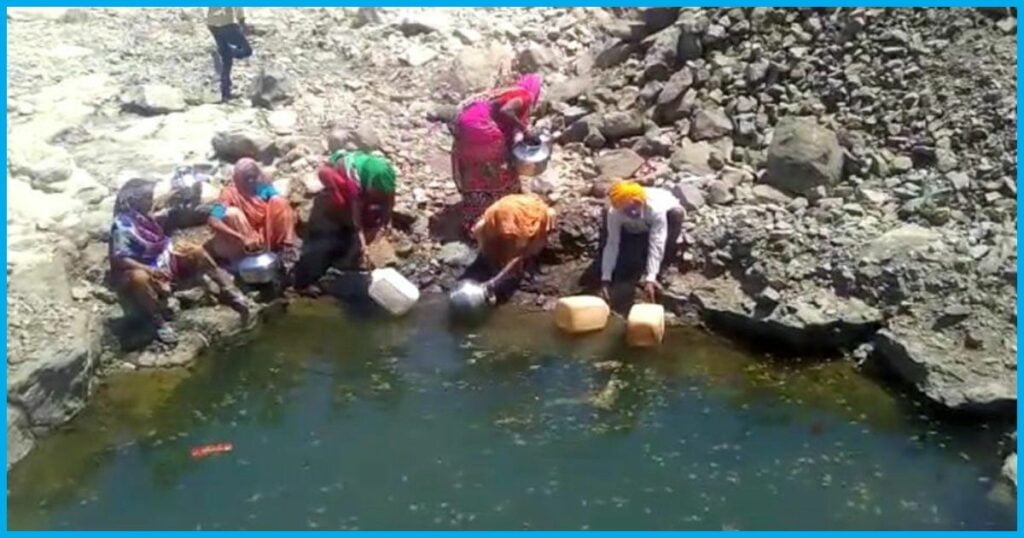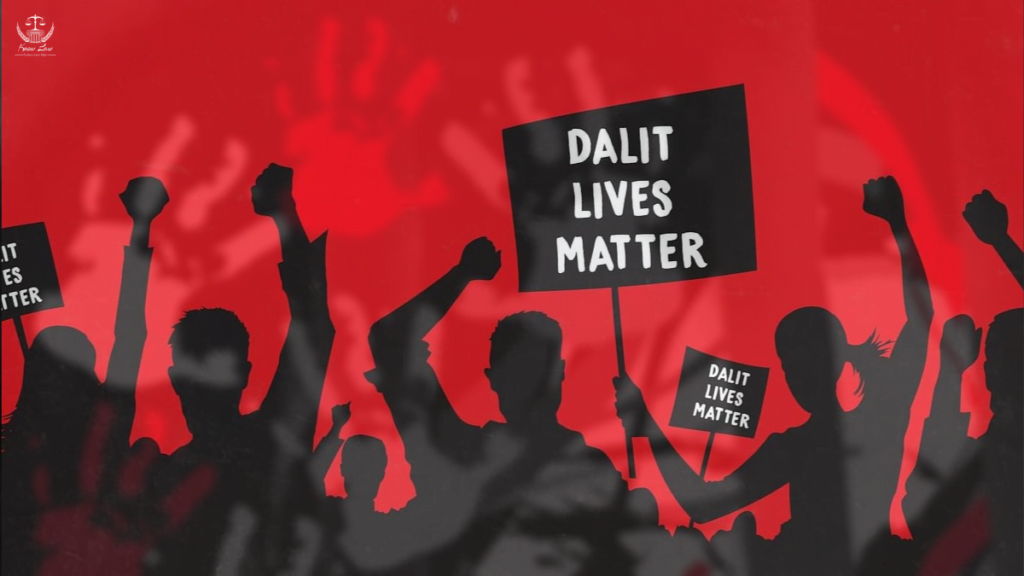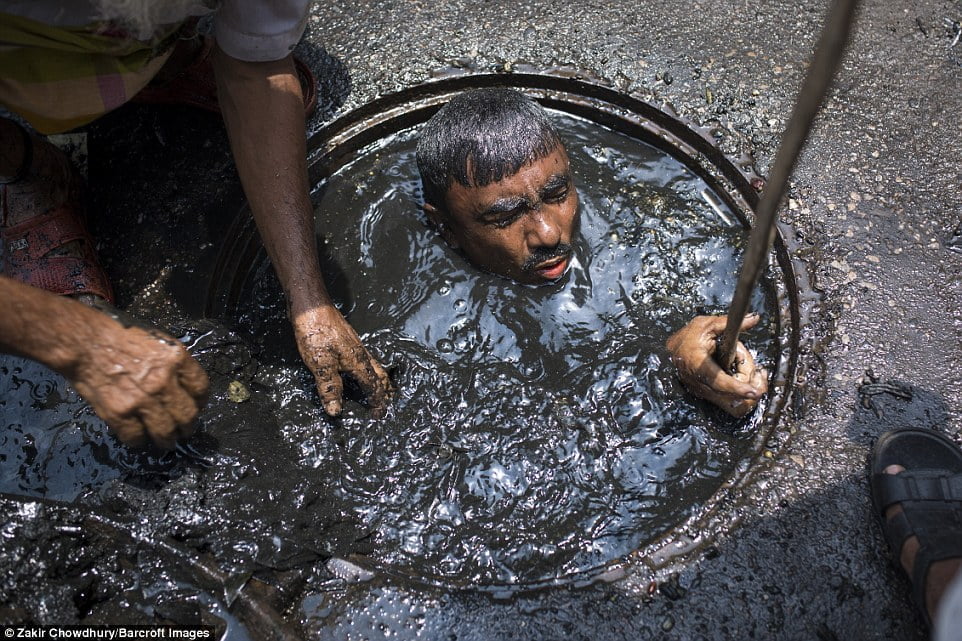The National Crime Records Bureau (NCRB)’s annual report, “Crime in India,” which was updated on August 29, 2021, showed that crimes or atrocities committed against Scheduled Castes (SCs) increased by 1.2% in 2021. Even though caste discrimination has been constitutionally prohibited in India and several laws are in place that safeguards the Dalit, Bahujan and Adivasi communities in India, such incidents of caste-based violence have been reported almost daily in different parts of the country. Newspapers reported the death of a nine-year-old Dalit kid on the night of India’s 75th Independence Day after he was reportedly physically assaulted by his schoolteacher for sipping water from a pot intended for the teacher who was an upper caste.

A similar incident has yet again been reported in Karnataka. Amidst the hustle of the election campaigns and magnanimous roadshows of the political parties that were happening in the state, the ugly reality of caste atrocities has stricken back as two Dalit youths in Rajankunte a suburb in Bangalore, Karnataka were killed for drinking water from the same jar as upper castes.
The Karnataka incident
Three upper-caste Hindu men, including two rowdy sheeters, have been detained by the Karnataka Police for the double murder of two Dalit youths in Rajankunte, on the outskirts of Bengaluru. The accused killed two youths for drinking water from the same jug as that of the upper castes at a hotel in Hesaraghatta a few days earlier. Bharath Gowda, Vinay and Nishanth have been arrested by the Police.
This is not an isolated incident that has happened but in past years there has been a rise exponentially, so much so that they have now become part of the normal in this country. To the city dwellers, this might seem to be a rural thing where social segregation is quite visible but the Karnataka incident happened in the suburbs of Bangalore city, the tech heaven of India, which makes it evident much to the disappointment of liberal minds that caste-based discrimination has percolated in the urban soils as well and oozes out in the form of caste-based violence against the Dalits.
Venkatesh, the complainant and a relative of the deceased, said that 20 days ago, Nagaraja (Victim) was eating at a hotel in Hesaraghatta and while drinking water from a jug, the accused Bharath Gowda objected to it using a caste expletive and questioned how he could drink water from the same jug as them.

The complainant said Nagaraja had confided in him that Bharath had threatened to kill him as soon as the elections were over. He also reported that the accused came in a car and deliberately hit the bike on which Gopala, Nagaraja, and Ramaiah, all labourers belonging to the SC community, were travelling. The bike was thrown in the air for about 50 metres and came crashing down. Nagaraja and Ramaiah died on the spot. Gopala is in critical condition in the hospital. The police have arrested the accused “We have secured the accused and investigation is on as to what led to the murders,” a senior police official said.
Caste, access to water and the notions of purity and pollution
This is not an isolated incident that has happened but in past years there has been a rise exponentially, so much so that they have now become part of the normal in this country. To the city dwellers, this might seem to be a rural thing where social segregation is quite visible but the Karnataka incident happened in the suburbs of Bangalore city, the tech heaven of India, which makes it evident much to the disappointment of liberal minds that caste-based discrimination has percolated in the urban soils as well and oozes out in the form of caste-based violence against the Dalits whenever they try to gain access to the amenities something so basic like water.

The distribution of water is a factor in murders committed against “ex-untouchables,” according to Bros and Couttenier in their 2015 article titled “Untouchability, Homicides, and Water Access.” The essay looks at the ‘untouchability’ laws that prevent sharing water with the “lower” caste in India. According to the paper, there is a strong correlation between public water access and the homicide rates of people from “lower” castes at the district level, demonstrating the intimate connection between untouchability standards, violence, and water access.
For Dalits, water is a “caste burden,” not a thing of natural beauty, the nectar of life, or anything that nurtures life. In his biography, Scar, renowned Tamil Dalit writer K.A. Gunasekaran states “If thirsty, we would kneel and drink water from the Thovur canal. We did not know if the right of access to the canal water was reserved for any particular caste. If it was upper-caste water, then we would be tied up and beaten for drinking it. So, we just drank quickly and ran away immediately. In the villages… even inert water bodies threaten us in the name of caste.”
For Dalits, water is a “caste burden,” not a thing of natural beauty, the nectar of life, or anything that nurtures life. In his biography, Scar, renowned Tamil Dalit writer K.A. Gunasekaran states “If thirsty, we would kneel and drink water from the Thovur canal. We did not know if the right of access to the canal water was reserved for any particular caste. If it was upper-caste water, then we would be tied up and beaten for drinking it. So, we just drank quickly and ran away immediately. In the villages… even inert water bodies threaten us in the name of caste.”
The caste burden that water carries for the Dalits in India also makes one of the initial experiences of discrimination that Dr B.R Ambedkar faced in his childhood. In “Waiting for Visa” Babasaheb writes about his experience on the tiresome journey to Goregaon where he was denied water to drink from the public pots and sources on the way just because he was a Mahar by caste. This is where Babasaheb received a rude shock as a kid and realised that he belonged to a caste that was deprived of basic amenities. The strife does not end here, this discrimination is something he faced throughout his life.

Ambika Aiyadurai, assistant professor of Humanities and Social Sciences, IIT, in her article for The Wire, wrote, “In the eyes of the ‘upper caste’, water encompasses cleanliness, spiritual well-being, an object of worship, holy sanctity, religious rituals, and that which washes away impurities and pollutants. Such core beliefs and practices keep Dalits out of bounds of water sources and their systems.”
“The popular belief that has been propagated by the sacred texts of the Hindu Religion like the Dharmasutra and later, compiled and codified into law as Manusmriti, is that the untouchables are people who are spiritually and ritually defiling and polluting for the Savarnas. Hindus. In Hindu Religion the body affluents, such that sweat, spit, blood, etc are considered to be polluting. The idea is of purity and pollution. Hindus believe that the Gods need to be appeased to gain boons and the Brahmins must pray to Gods and get those boons for people, hence the body of the Brahmans needs to be a ritual state of purity. There is no science behind it or based on any kind of germ theory, it’s just a mindset and a strong belief. The untouchables are not just to be touched but also should not be seen, or heard, or even their shadow is considered polluting according to the shastras. So it is through this upper caste male Brahmin Gaze that this idea or belief comes, that the untouchables are polluted and carriers of diseases and/or ritually polluting, which are superstitious, unfounded, and illogical.”
Prof Amit Thorat, Professor, Centre for Study of Regional Development, Jawaharlal Nehru University
Prof Amit Thorat, from the Centre for Study of Regional Development, Jawaharlal Nehru University has extensively worked on the issues of social exclusion and discrimination and in his study published in The Hindu titled “Talking to Children about Untouchability” has proved with the help of empirical evidence that even today people practice untouchability is some or the other forms not just in rural areas but also in the urban centres.
According to Prof Amit Thorat, it’s a mindset and an illogical belief based on the idea of purity and pollution. He says that “The popular belief that has been propagated by the sacred texts of the Hindu Religion like the Dharmasutra and later, compiled and codified into law as Manusmriti, is that the untouchables are people who are spiritually and ritually defiling and polluting for the Savarnas. Hindus. In Hindu Religion the body affluents, such that sweat, spit, blood, etc are considered to be polluting. The idea is of purity and pollution. Hindus believe that the Gods need to be appeased to gain boons and the Brahmins must pray to Gods and get those boons for people, hence the body of the Brahmans needs to be a ritual state of purity. There is no science behind it or based on any kind of germ theory, it’s just a mindset and a strong belief. The untouchables are not just to be touched but also should not be seen, or heard, or even their shadow is considered polluting according to the shastras. So it is through this upper caste male Brahmin Gaze that this idea or belief comes, that the untouchables are polluted and carriers of diseases and/or ritually polluting, which are superstitious, unfounded, and illogical. Incidents like these are recurring rather than reducing, present communally vitiated political and social environment impacting profoundly, as there is an encouragement to follow or bring back Vedic and Shastric law at the cost of those enshrined in the Constitution. This drinking water by the Dalits makes the water impure for the consumption of the upper castes and hence violence is what follows.“
Thus, it is the idea of Dalit bodies being polluted that prevails amongst the upper caste Hindus that actions and unimaginable crimes like these are justified in the name of caste.
Water as a source of Dalit assertion, the Mahad Satyagraha
The denial of access to water is what Babasaheb thought to be inhuman. Babasaheb explains that the relationship in all aspects of people with nature (water, land, farm) is necessarily mediated through caste. The man-made systems like schools, offices, houses, streets, and subways are the same. He said that caste shapes nature, to understand water had a definite caste that can be polluted with a touch of a Dalit. Thus, to seek this right to access clean drinking water for the “untouchables”, Babasaheb started the Mahad Satyagraha in 1927 to assert their right to use water in public places.
On March 29, the “untouchables”, for the first time, drank water from the Chawdar tank in the town of Mahad. This was a symbolic assertion stating that drinking water was a basic human right and no community can be denied this right.
But even today after 96 years of the Mahad Satyagraha, caste still functions actively in these social systems and acts as a primary reason why violence is inflicted on the Dalit community in India and water becomes one of the markers of caste in India.
Babasaheb in his concluding remarks to the constituent assembly said that “From today onwards India enters into the life of contradictions where in politics, we will have equality and in social and economic life we will have inequality. In politics, we will be recognizing the principle of one man one vote and one vote one value. In our social and economic life, we shall, because of our social and economic structure, continue to deny the principle of one man one value.”
Incidents like these are reflections of those contradictions that Babasaheb talked about where on one hand the people in power claim India to be the mother of democracy but on the other hand, basic human rights are denied to the Dalit, Bahujan and Adivasi communities, unapologetically. And hence the question that Babasaheb posed to the constituent assembly remains relevant in today’s India- “How long shall we continue to live this life of contradictions? How long shall we continue to deny equality in our social and economic life?”.
About the author(s)
Preeti Patil is a learning enthusiast. She has completed her master's in Politics with a specialisation in International Studies from Jawaharlal Nehru University. She graduated in Electronics Engineering from RTMNU. Her area of interest is Gender studies, feminist security perspectives, Dalit feminism, Caste & diaspora & affirmative action policies.





